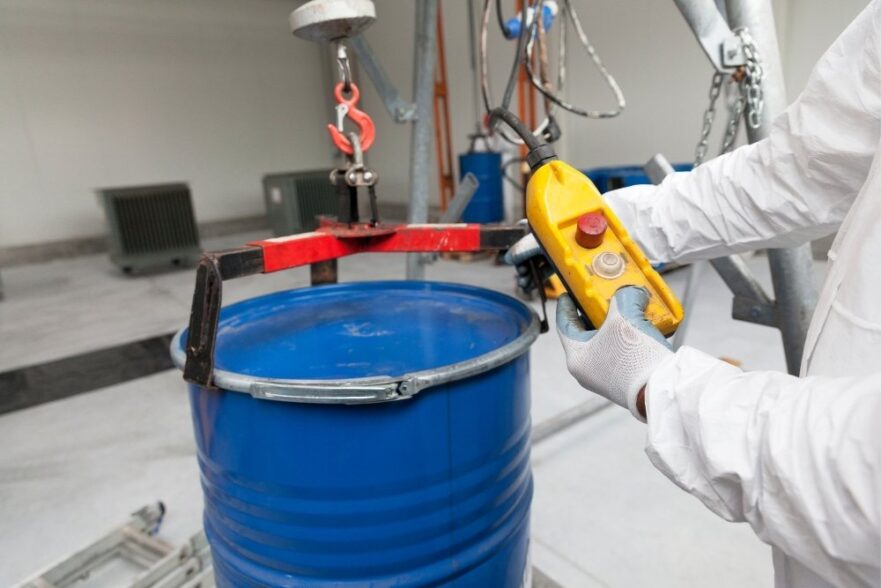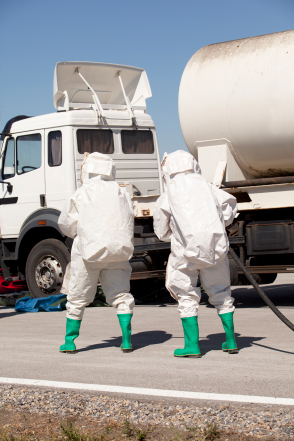Leading Liquid Waste Disposal Melbourne: Trusted Solutions for Appropriate Waste Administration
Leading Liquid Waste Disposal Melbourne: Trusted Solutions for Appropriate Waste Administration
Blog Article
Exactly How Liquid Waste Disposal Functions: A Thorough Summary of Techniques and Technologies Used

Introduction of Liquid Waste Types
The complexity of liquid waste kinds requires a detailed understanding of their qualities and implications for disposal. Liquid waste can broadly be classified into several types, consisting of industrial, municipal, agricultural, and dangerous waste. Each category displays unique residential properties, requiring specific administration methods to alleviate environmental and health dangers.
Industrial liquid waste stems from producing procedures and frequently has a series of pollutants, such as hefty metals, solvents, and organic substances. Municipal fluid waste, mainly consisting of wastewater from homes and commercial establishments, consists of natural issue, nutrients, and microorganisms (industrial wastewater treatment). Agricultural liquid waste, consisting of drainage from farms, may contain fertilizers, pesticides, and animal waste, positioning risks to water top quality and ecological communities
Harmful liquid waste is characterized by its toxicity, reactivity, or potential to trigger harm. This group consists of materials like acids, bases, and specific chemicals that demand strict handling and disposal protocols. Understanding these varied fluid waste types is essential for creating efficient disposal approaches and making certain compliance with ecological policies. Appropriate classification and characterization are vital for applying appropriate therapy strategies and lessening the damaging effect on public health and wellness and the atmosphere.
Physical Therapy Methods

Testing is the initial step, where larger bits and particles are eliminated from the liquid waste using screens or grates. This process safeguards downstream tools from damage and makes certain smoother procedure. Adhering to screening, sedimentation uses gravitational pressure to different solids from fluids. In sedimentation storage tanks, heavier bits resolve near the bottom, developing a sludge layer, while the cleared up liquid can be more treated.
Purification is one more important method that includes passing the liquid via porous products, such as sand or membrane layers, to record smaller particles. This action improves the high quality of the fluid, making it suitable for succeeding treatment processes.

Chemical Therapy Strategies
Chemical therapy methods are vital for effectively handling fluid waste, specifically in resolving liquified and colloidal pollutants that physical approaches might not adequately eliminate. These strategies make use of numerous chemical agents to counteract, precipitate, or transform hazardous materials right into much less dangerous types.
One typical technique is coagulation and flocculation, where chemicals such as alum or ferric chloride are included in advertise the gathering of suspended fragments. This process enhances sedimentation, permitting for simpler elimination of the resulting sludge. In addition, oxidation processes, utilizing representatives like chlorine or ozone, are employed to break down intricate natural compounds and virus, providing the waste much safer for discharge or more therapy.
Neutralization is an additional critical method, which adjusts the pH of acidic or alkaline waste streams to neutral degrees, protecting against potential injury to downstream systems and the environment. Additionally, advanced oxidation processes (AOPs) utilize mixes of oxidants and ultraviolet light to deteriorate consistent pollutants, attaining a greater degree of therapy efficiency.
Organic Therapy Procedures
Organic treatment procedures play a critical role in the management of fluid waste by utilizing microorganisms to disintegrate raw material and reduce impurity levels. These procedures can be extensively categorized right recommended you read into anaerobic and cardiovascular therapies, each using certain microbial communities to achieve effective waste degradation.
Cardiovascular treatment involves making use of oxygen to help with the break down of organic products by microorganisms. This process is generally applied in triggered sludge systems, where oygenation containers provide a favorable environment for microbial development, bring about the oxidation of organic contaminants. The resultant biomass can be divided from dealt with effluent via sedimentation.
In contrast, anaerobic treatment takes place in the absence of oxygen, relying upon different bacteria to break down natural matter. This approach is particularly beneficial for high-strength waste, as it creates biogas, a renewable resource resource, while lowering sludge manufacturing. Technologies such as anaerobic digesters are regularly used in local and commercial applications.
Both anaerobic and cardio organic treatments not only decrease the ecological impact of liquid waste however also facilitate resource healing, making them important components of sustainable waste monitoring strategies. Their efficiency, flexibility, and performance support their extensive application across various fields.
Arising Technologies in Disposal
Innovative techniques to fluid garbage disposal are rapidly developing, driven by improvements in innovation and an increasing focus on sustainability. Among these emerging technologies, membrane layer bioreactors (MBRs) have actually gained traction for their ability to integrate organic therapy with membrane layer purification, leading to top quality effluent that can be recycled in different applications. MBRs enable smaller sized footprints and extra efficient operations contrasted to typical systems.
One more appealing advancement is the usage navigate to this website of anaerobic digestion integrated with nutrient healing innovations, which not only deals with fluid waste but also produces biogas and recoups important nutrients like nitrogen and phosphorus. This twin benefit enhances resource performance and lowers environmental influence.
Additionally, progressed oxidation procedures (AOPs) are being taken on for the deterioration of complicated natural contaminants. These techniques utilize effective oxidants and catalysts to damage down pollutants at the molecular degree, providing a highly effective option for tough waste streams.
Furthermore, the combination of expert system and artificial intelligence in waste monitoring systems is enhancing operational effectiveness and anticipating maintenance, causing decreased costs and improved environmental conformity. These modern technologies mirror a considerable change in the direction of more effective and lasting fluid garbage disposal methods.
Conclusion
In final thought, effective fluid waste disposal requires an extensive understanding of various techniques and innovations. By constantly advancing these methodologies, it comes to be feasible to resolve the growing difficulties linked with liquid waste, ultimately adding to ecological defense and resource healing.
Liquid waste disposal is an important aspect of ecological management, calling for an extensive understanding of numerous techniques and innovations customized to different waste types. Liquid waste can Continued generally be classified right into numerous kinds, including industrial, community, agricultural, and harmful waste. Agricultural fluid waste, consisting of drainage from farms, might consist of fertilizers, chemicals, and pet waste, posturing risks to water quality and environments.
Various physical treatment techniques play an important duty in managing fluid waste effectively - industrial wastewater treatment.In verdict, efficient liquid waste disposal demands an extensive understanding of various techniques and innovations
Report this page